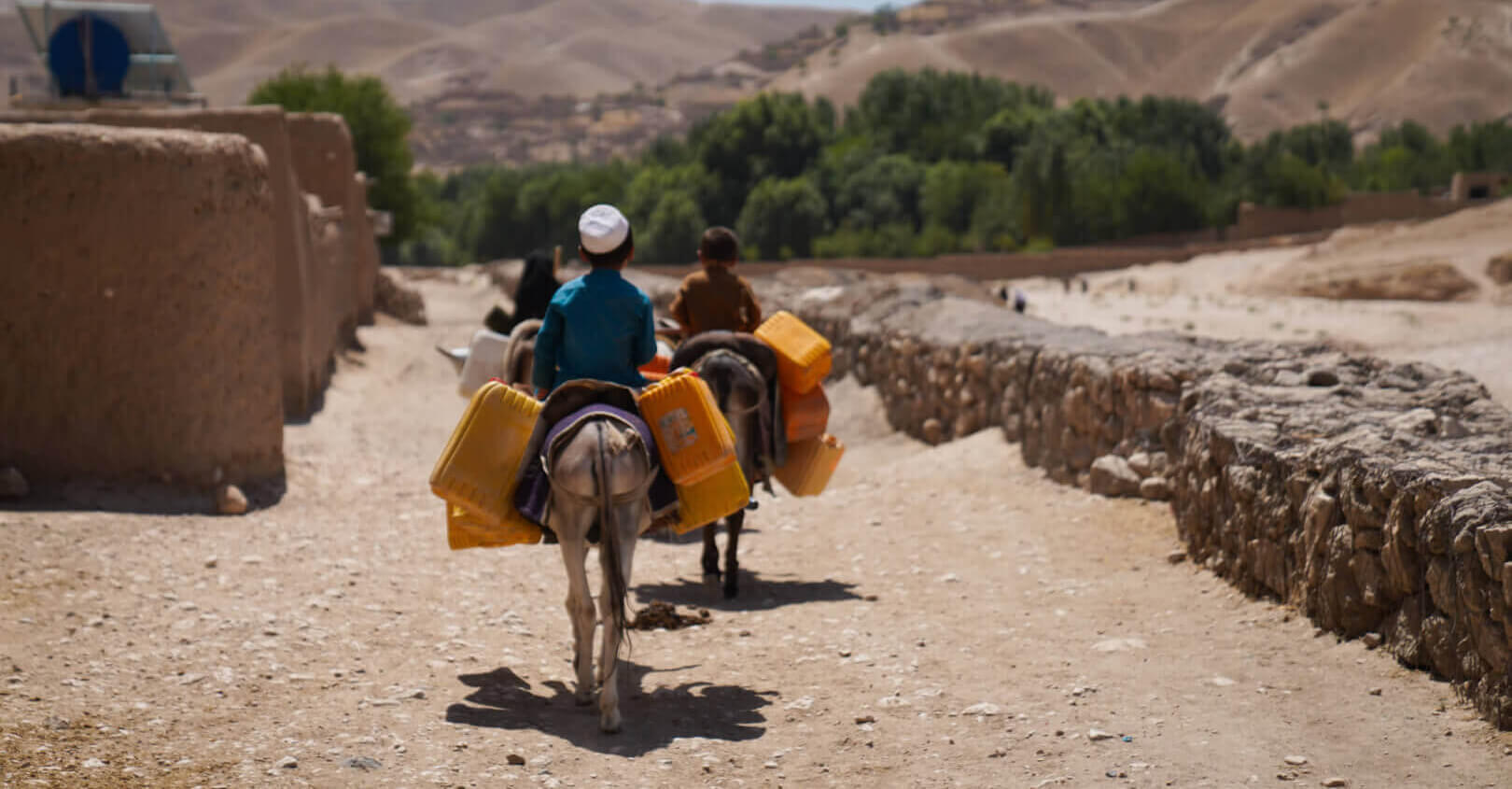New report confirms that global warming continues to accelerate
Deadly heatwaves across Western Europe marked this the hottest June on record for the region. Europe is the fastest-warming continent, according to data from the Copernicus Climate Change Service. It is also estimated that, between June 23 and July 2, there were 2,300 heat-related deaths across Europe. The world is getting hotter.
A new report on the state of global warming, conducted by 60 scientists from 17 countries and published this month in “Earth System Science Data,” confirms that global warming continues to accelerate.
The report, “Indicators of Global Climate Change 2024,” is an annual update aligning with Intergovernmental Panel on Climate Change (IPCC) AR6 metrics to track key climate system changes and human influence.
The importance of this report lies in the long cycles between IPCC assessments, which come out roughly every 6-10 years. The last IPCC Assessment Report, AR6, was published in 2023. However, the need for climate updates is far more urgent, with the Indicators of Global Climate Change (IGCC) filling in with annual updates.
World’s remaining carbon budget
The 2015 Paris Agreement aimed to limit global warming to 1.5°C, or at least keep it under 20°C. But as the report’s authors predict, if global CO2 emissions remain at 2024 levels, the remaining carbon budget for keeping global warming under 1.5°C may be exhausted in a little over three years.
As the IPCC explains, the term carbon budget most often “refers to the total net amount of carbon dioxide (CO2) that can still be emitted by human activities while limiting global warming to a specified level (e.g.,1.5°C or 2°C above pre-industrial levels).”
There is evidence that the rate of increase in CO2 emissions over the last decade has slowed compared to the 2000s, but it is important to reiterate that only the rate of increase has slowed; there is still an increase.
Among the data compiled, there is a new sea-level rise indicator in this year’s report. Human activities are “increasing the Earth’s energy imbalance and driving faster sea-level rise compared to the AR6 assessment,” the report found.
Related Articles: Climate Change’s Catch-22 | Deadly Heatwaves and Freezing Blizzards – Global Warming Causes Both | 6 Ways the Climate Changed Over the Past Decade | Earth ‘Likely’ to Exceed Dangerous Climate ‘Tipping Points’ | The 2°C Target Is ‘Dead,’ Says Top Climate Scientist | Global Warming Threatens 2026 World Cup, Scientists Warn
Not just natural, but human-influenced global warming
Misinformation regarding climate change has been rampant, powered in part by the use of generative AI. A common ,misleading claim repeatedly spread around is that global warming is a natural phenomenon caused by the Earth’s internal behavior.
This absolves humans of responsibility. However, the report heavily emphasizes human-induced effects of global warming while taking into consideration the natural causes of warming, which can be associated with the phase of El Niño and Atlantic variability.
Observed warming for the 2015-2025 decade, relative to 1850-1900, averaged at 1.24°C. Of that, 1.22°C was human-induced. In 2024, the best estimate of global surface temperature averaged at 1.52°C, of which 1.36°C is estimated to be human-caused.
As the window for addressing climate change narrows further, this report acts not just as an update, but as a call for governments and policy-makers to act, and to do so fast.
Editor’s Note: The opinions expressed here by the authors are their own, not those of Impakter.com — In the Cover Photo: A group of boys on their donkeys in search of water for their family and animals. As the drought worsens and local sources dry up, children are increasingly involved in the long and often difficult task of collecting water, exposing them to heat, physical strain as well as safety and protection risks along the way. Keshendeh district, Balkh province, Afghanistan, July 10, 2025. Cover Photo Credit: ©FAO/Hashim Azizi.
